Travelogue
“We shall not cease from exploration
And the end of all our exploring
Will be to arrive where we started
And know the place for the first time.”

The Melancholy of Illumination
Four years ago, when I went, unsuspecting, to my first Balkan Music Workshop with the East European Folklife Center in Mendocino, California, I was blindsided by the power of an art form that had previously eluded me. One pre-dawn morning, around 4am, I was sitting in the kafana (a communal cabin in the middle of the redwoods camp, decorated with string lights and Balkan tapestries) in an ouzo-laced, sleep-deprived fog. One of the Greek clarinet teachers started playing a μοιρολόγι (miroloi) from Epirus, an unmetered melody in a pentatonic scale I’d never heard, with pain-laden vocals and subtle accompaniment on accordion. I forgot to breathe. …
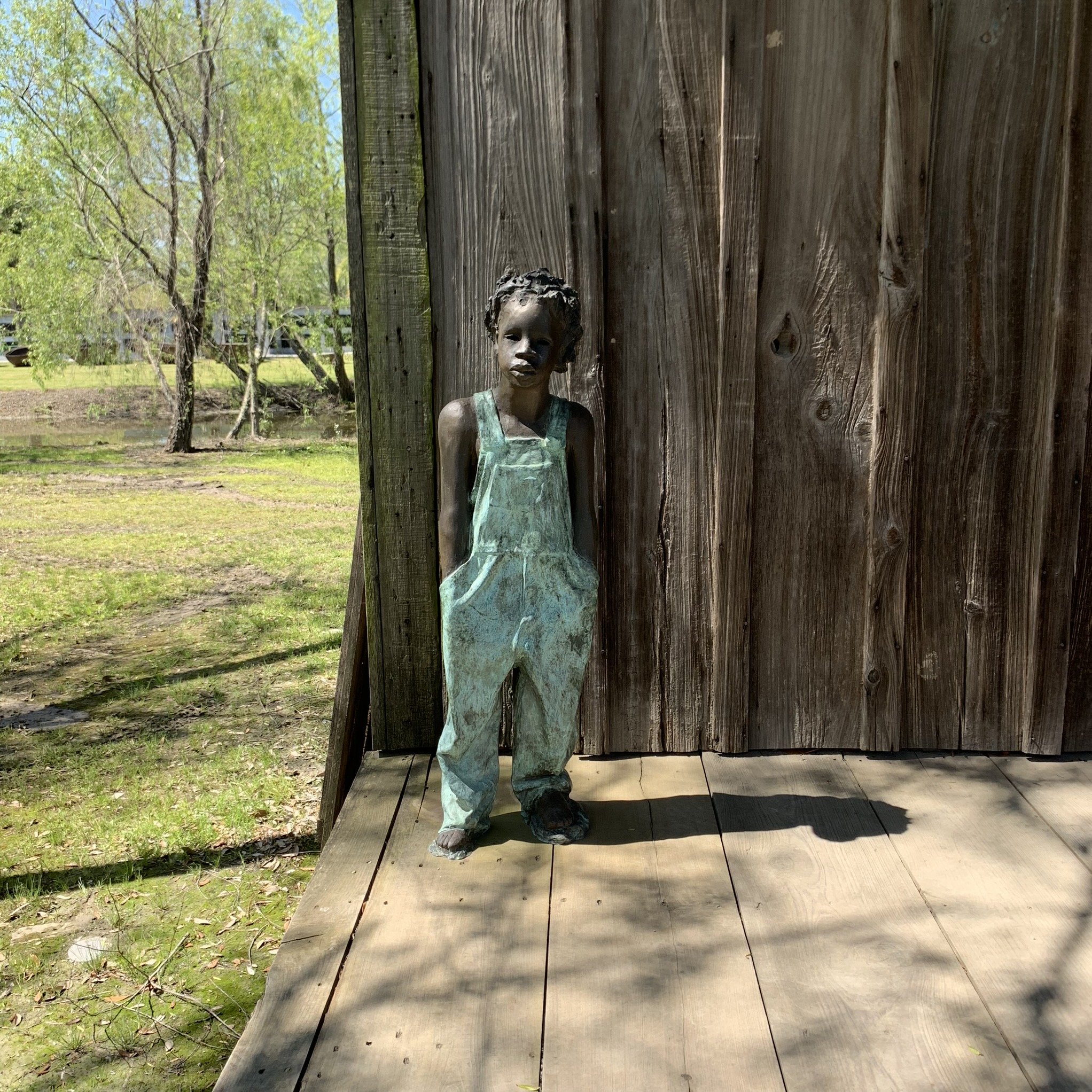
Whitney Plantation
… After visiting Congo Square, exploring West African instrument exhibits in the New Orleans Jazz Museum, and working our way through a city that takes its history of slavery seriously in its continuous expressions of syncretic culture, our international students were conceptually primed for the culminating experience of a slave plantation tour. But there is no way to be primed for the reality-in-place of US-American slavery, preserved to evoke a visceral scope of tragedy that should be unfathomable. There is no way to be primed for the legacies we are living through now, our unique brand of inherited structural racism that permeates every facet of life in the United States. …

Alligator is Delicious
New Orleans cuisine might be among the most storied in North America. In addition to the ubiquitous gator (like most unfamiliar meats, it really does taste like chicken), the beignets, chicory coffee, Po’ Boys, fried chicken, and Voodoo Spices packaged for tourists did not disappoint. We also sampled Vietnamese food in the international district, and made a pilgrimage to Jacques Imo, where we learned about and tasted the region’s Cajun history. …
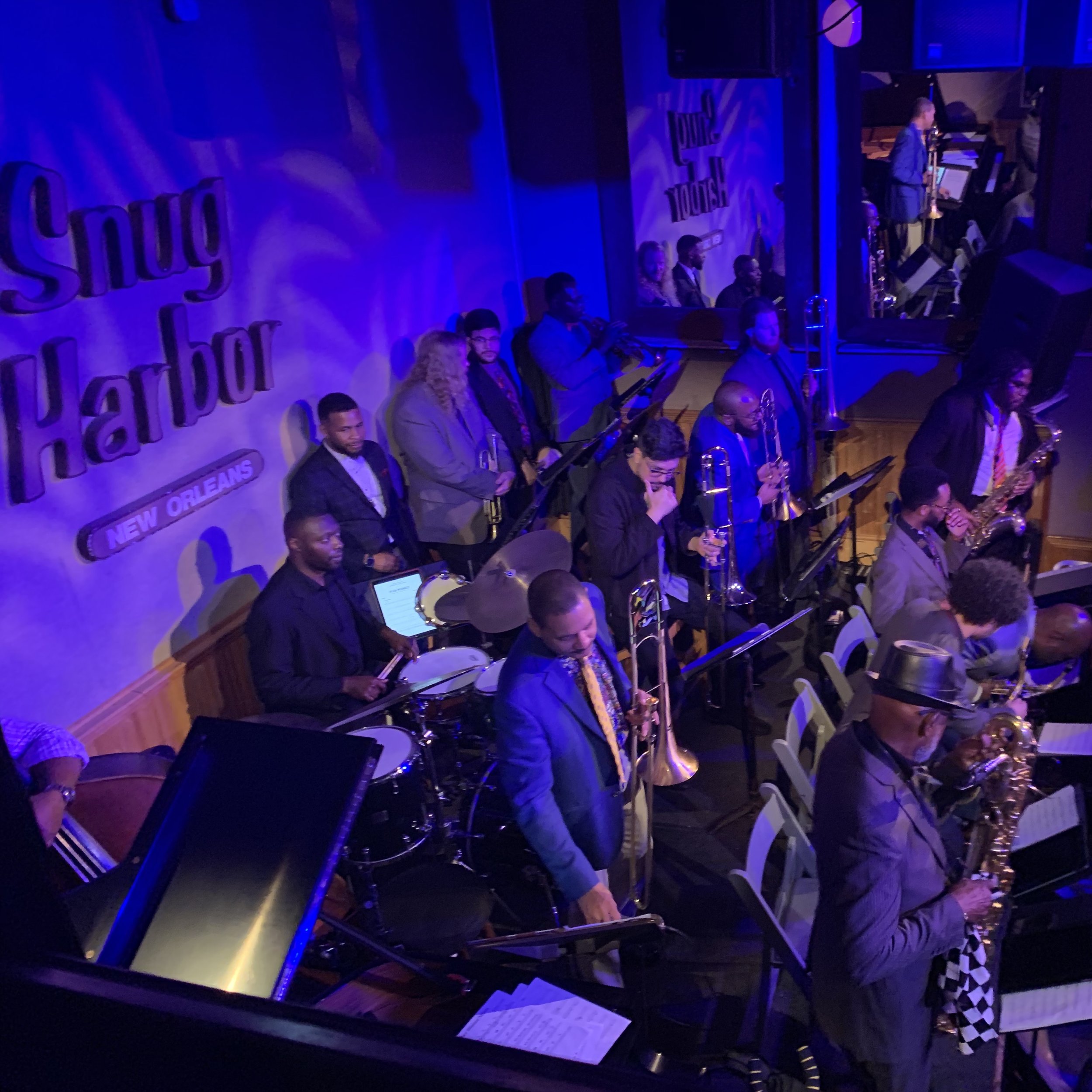
Jazz, Voodoo, and Storied Streets
Ted Gioia, in The History of Jazz, discusses the complex history of music in New Orleans against the backdrop of cultural collisions and syntheses, multiple musical lineages, and a city of tenuous celebration against all odds …

Manifest Destiny
Rural New Mexico must be a strange landing place for international students whose vision of the United States is often captured by the New York City skyline and other bustling urban landscapes. …
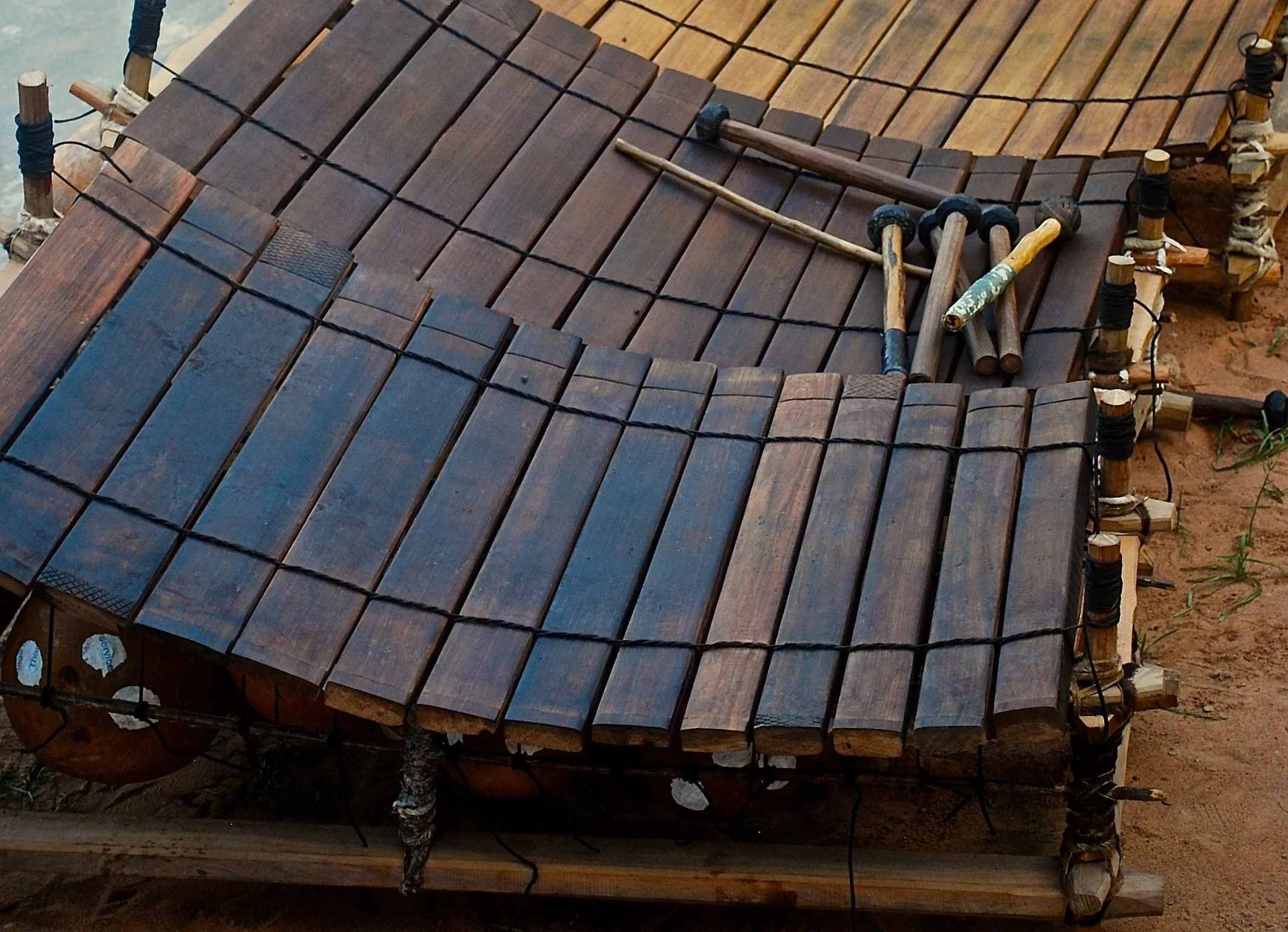
The Brains and the Hands Aren’t Together
This morning, as I was disaster-ing my way through some transitions in a difficult gyil song, my teacher Jerome said, “I think you know it, but the brains and the hands aren’t together.” This disjunct could perhaps sum up 25 years of frustration in my European classical clarinet training. Where do we carry our music? What does it mean to know it? Where does it come from? …
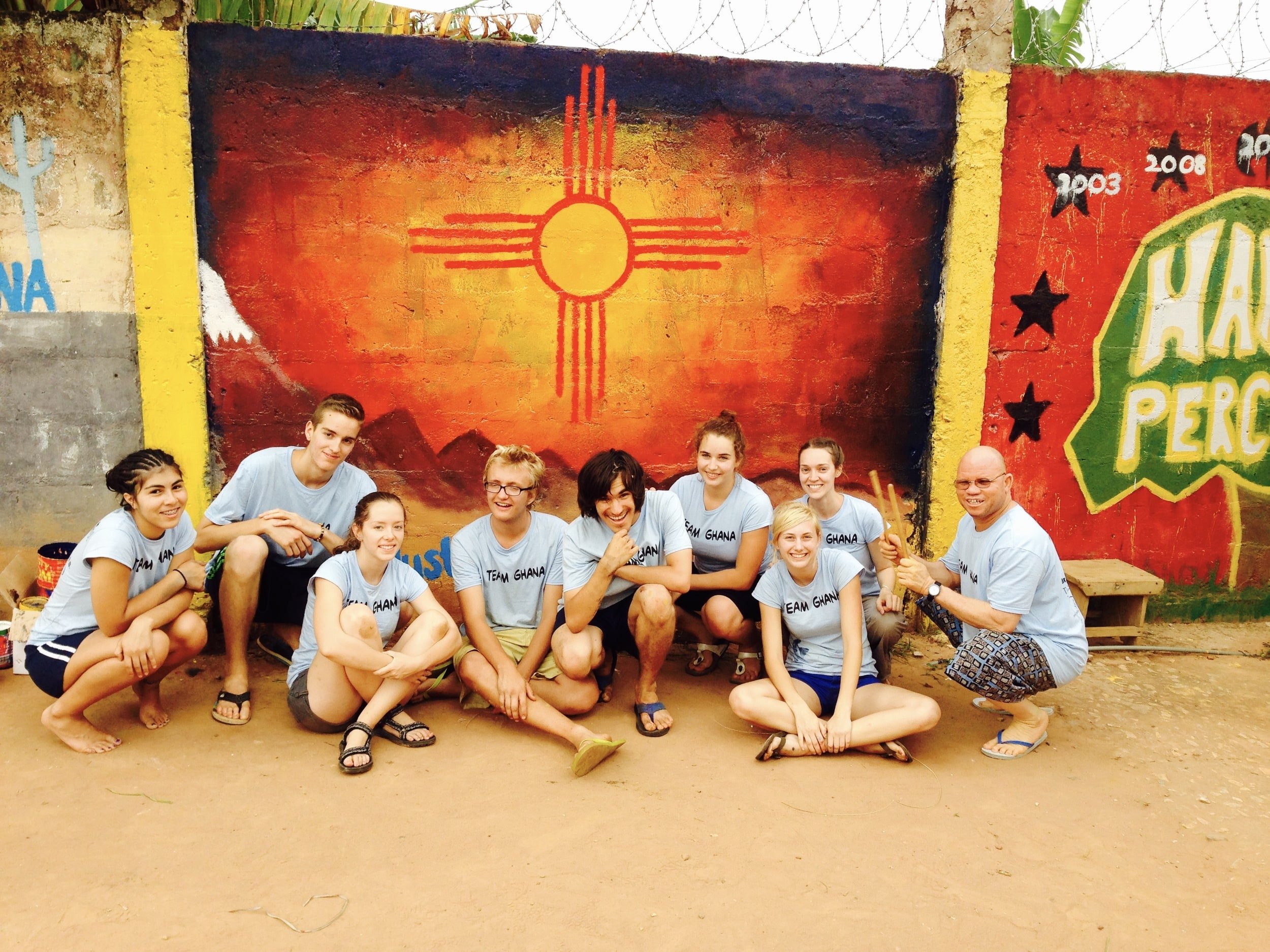
On Travel, Geographic and Virtual
Sometimes, travel seems easier after returning home, when the pictures speak the truth of excitement, ruggedness, and magical experience, and gloss over the challenges, and the risks of confronting who you are and what you believe you need in a context so foreign. It is the challenges, however, that create openings, and this is why we travel. It is to come home changed. But this active perspective-shifting that comes with travel is a privilege, as well, one that inspires both a need for continuing perspective-shifting, and recognition that we have the luxury of asking for it and seeking it out, when many of those we left behind (and many back home) do not have the same opportunities. …
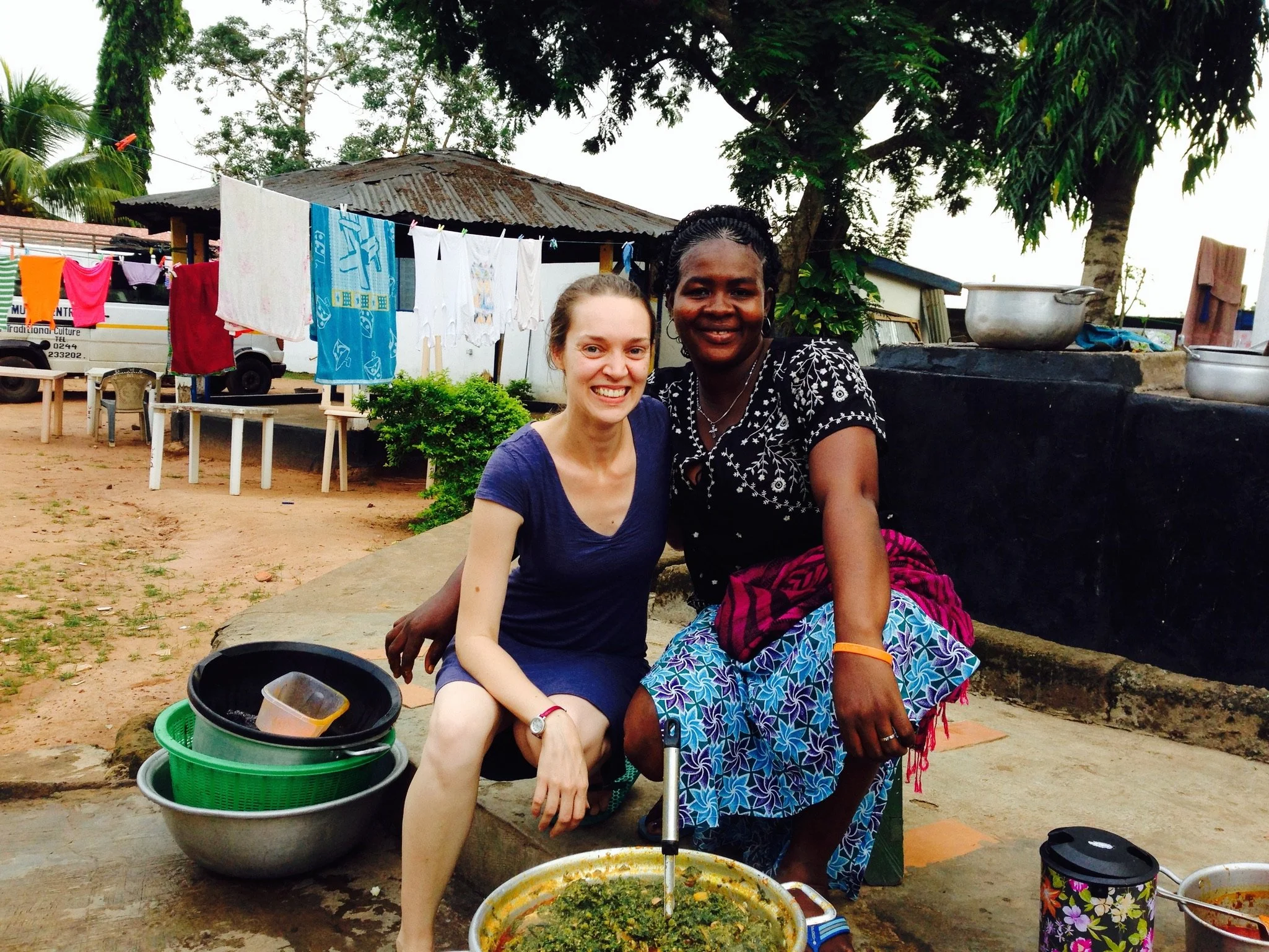
Palava(r) Sauce
Palava(r) Sauce: My best attempt to recreate a recipe at home in New Mexico that took my breath away in Ghana …
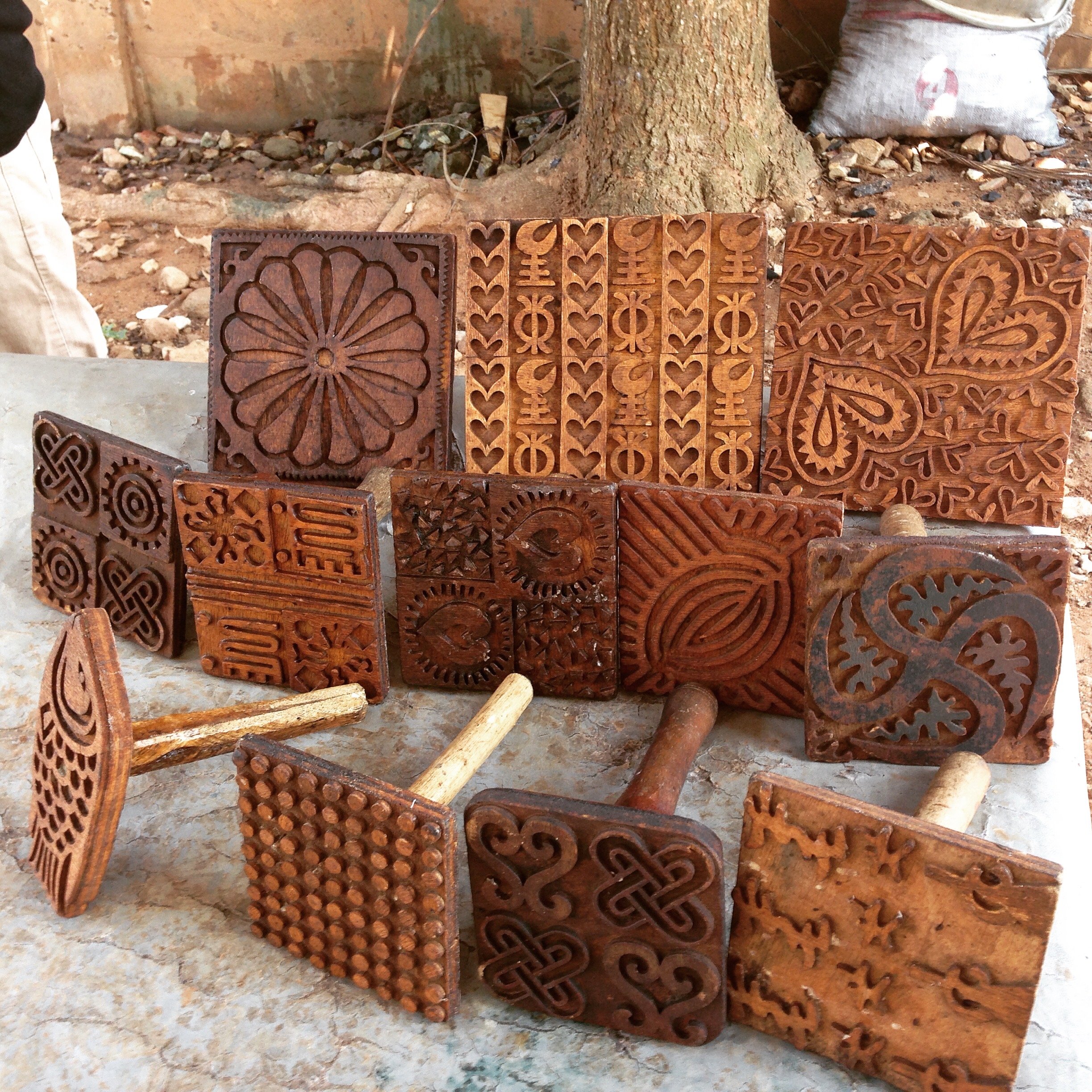
Folk Arts of Ghana
Adinkra symbols are everywhere in Ghana. The symbols are reflective of values originating in the Asante cultural group, and have expanded throughout Ghanaian culture. They are traditionally used in embroidery, cloth stamping, and other folk arts, and are often employed for their symbolic effect across various life activities. Several common symbols are Gye Nyame (“Except God,” implying the omnipotence of God), Sankofa (“Return and Take,” symbolizing a return to roots, and often adopted by African Americans), and Ntesie/Matemasie (“I have heard it and hid it in my head,” a symbol of knowledge and wisdom). …
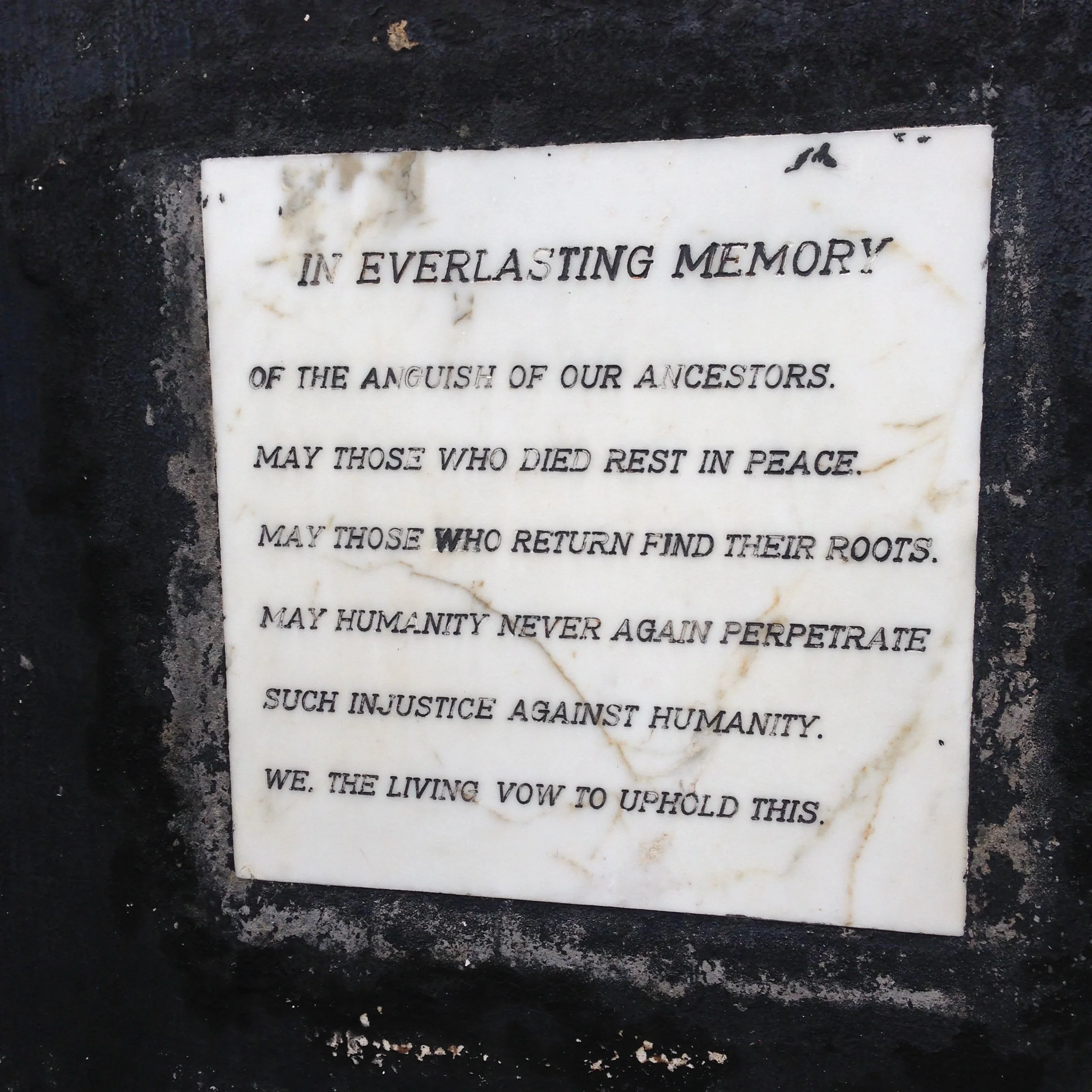
History
A Scot, a New Mexican, two African-Americans, three Africans, and a bunch of once-and-future European-Americans walk into a… [no, this is not a bar joke] … slave castle. Notwithstanding the specific and varied ethnic compositions of the many people traveling as part of our group, the labels above warrant some attention. The mixed blood of the colonized, the colonizers, and those who remained all found their way into this hallowed ground, together, some 200 years after the last slaves were thrust through the Door of No Return. …
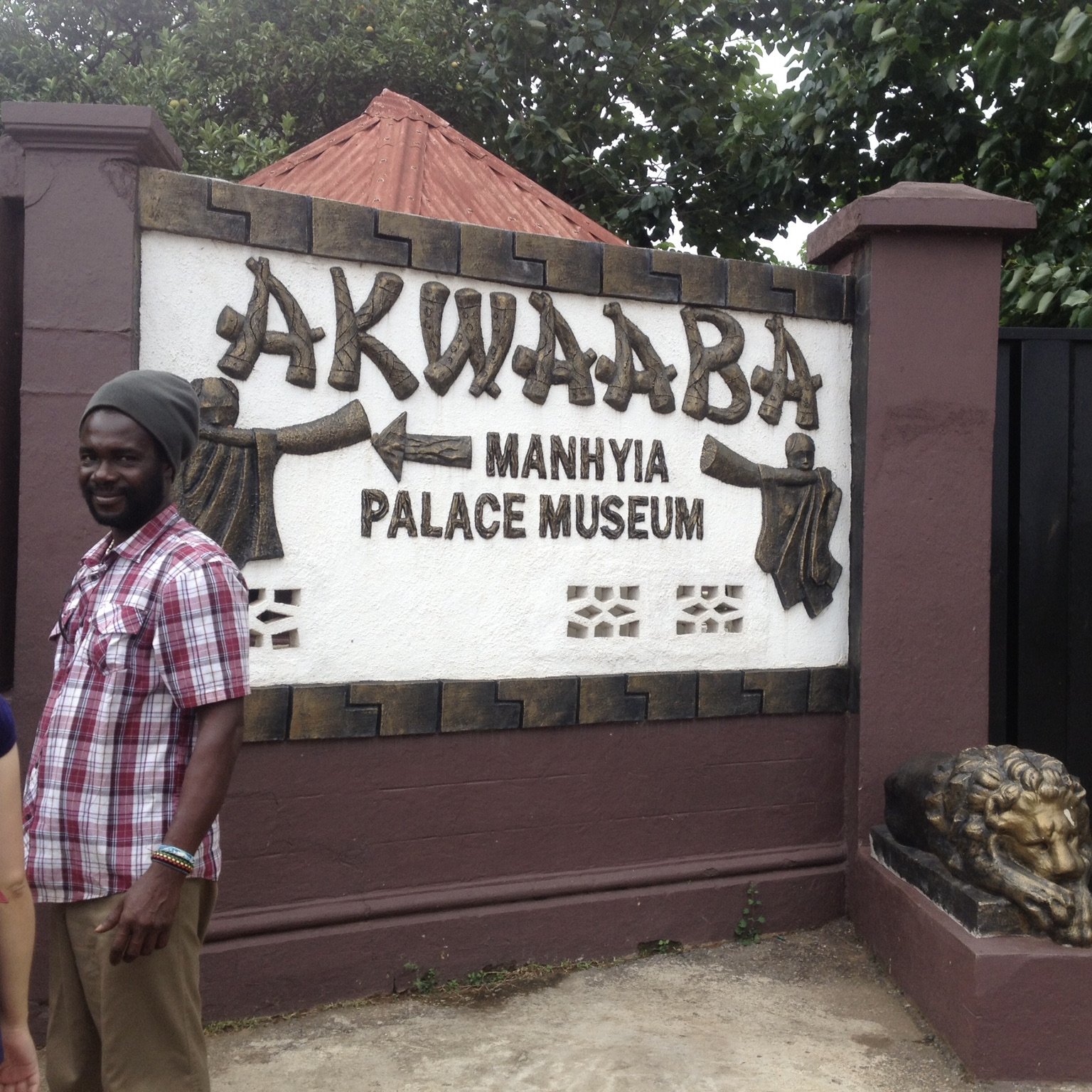
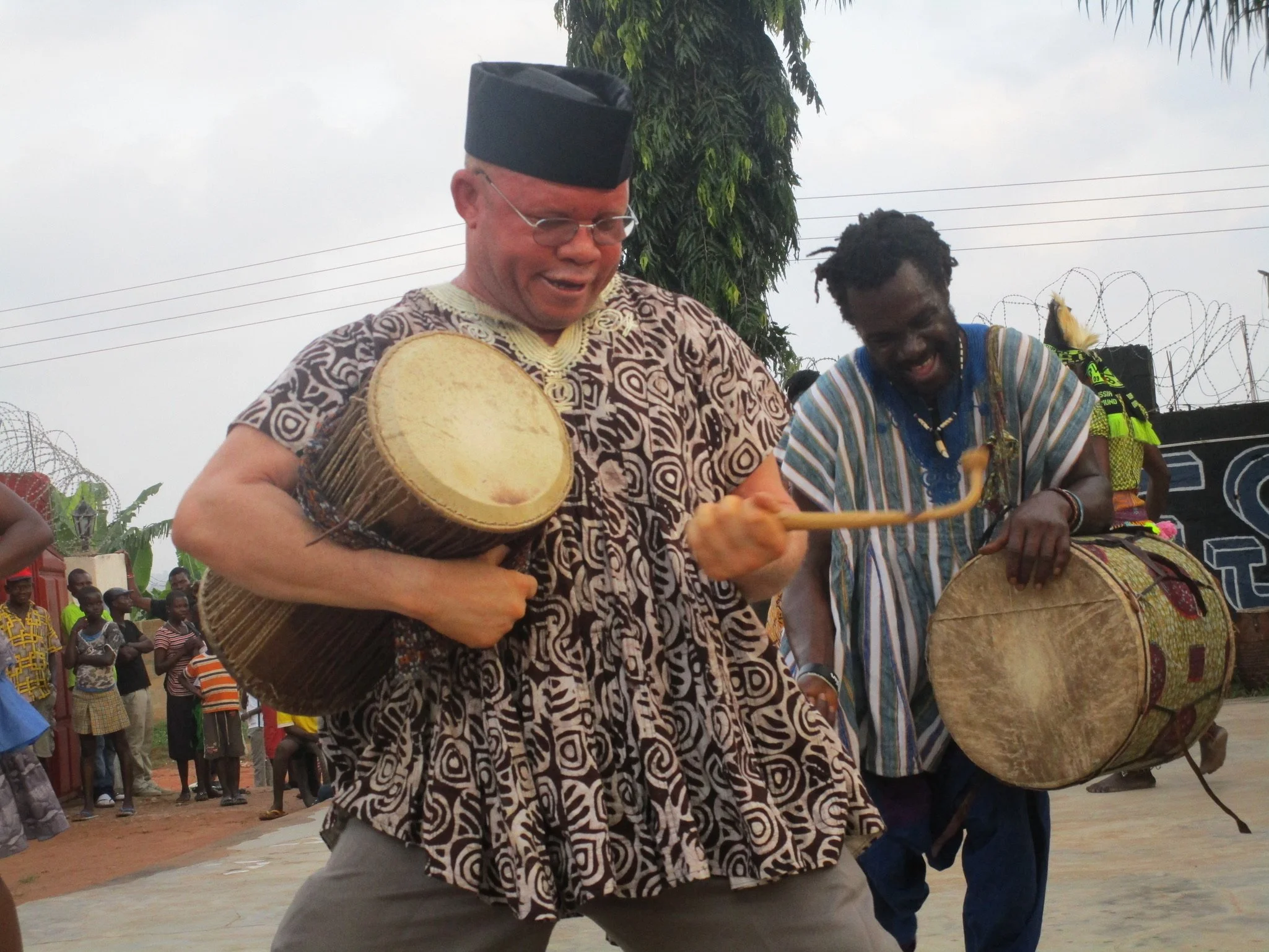
More Cowbell
Saturday Night Live has nothing on Ghana. For three weeks we are studying drumming, dance, and gyil with the ever-present and dulcet tones of cowbell as the “motor” of life in musical Ghana. Polyrhythms are everywhere. I hear them in the birds chirping, the bleats of baby goats, and the pounding of fufu. …

Circumnavigation Summary
Itinerary: Los Angeles (2 days); Kauai (10 days); East Coast Australia (3 weeks); South Island New Zealand (3 weeks); Bali and Lombok (4 weeks); Kuala Lumpur (2 days); Thailand and Cambodia (3 weeks); Cairo (3 days); Istanbul (4 days); Athens and Cycladic Islands(3 weeks); Western Europe (2 months); Norway (2 weeks); England and Scotland (1 week); Iceland (4 days); New York City (2 days) …
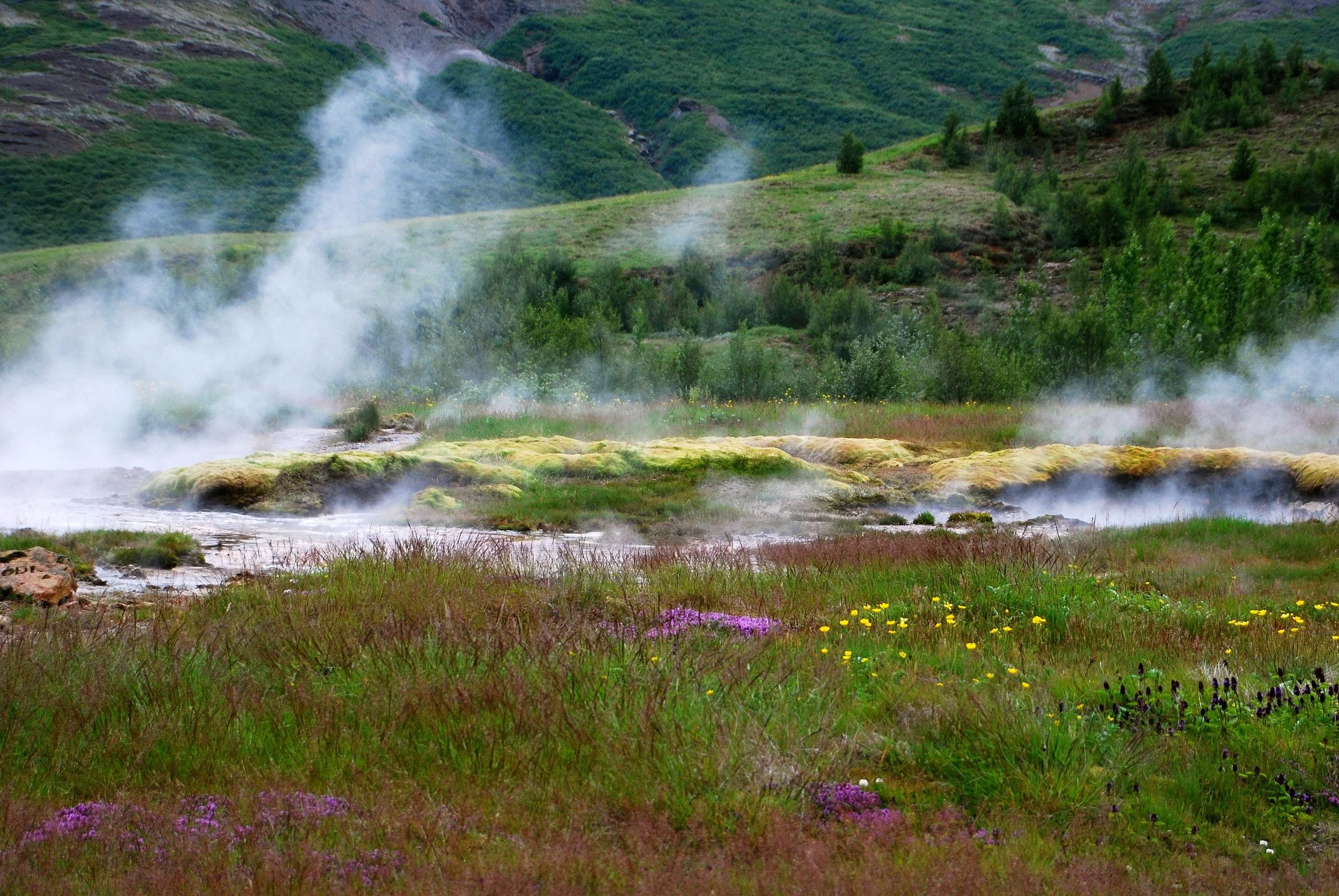
Fire and Ice
“Such a woman knew how to appreciate the beauty of the changing face of the seasons and of the blue mountains, as she sat by her window at Myri. Oh, yes; she knew also how to talk about this beauty at a meeting; she talked about it with as much feeling as a tourist on a summer picnic. Work out of doors in nature’s bosom was, she maintained, a form of healthy physical exercise taken in the midst of the country’s indescribable beauty.” ~ Halldór Laxness, Independent People

If It’s Tuesday It Must Be…
...well, not Belgium, but any other country in Western Europe will do…
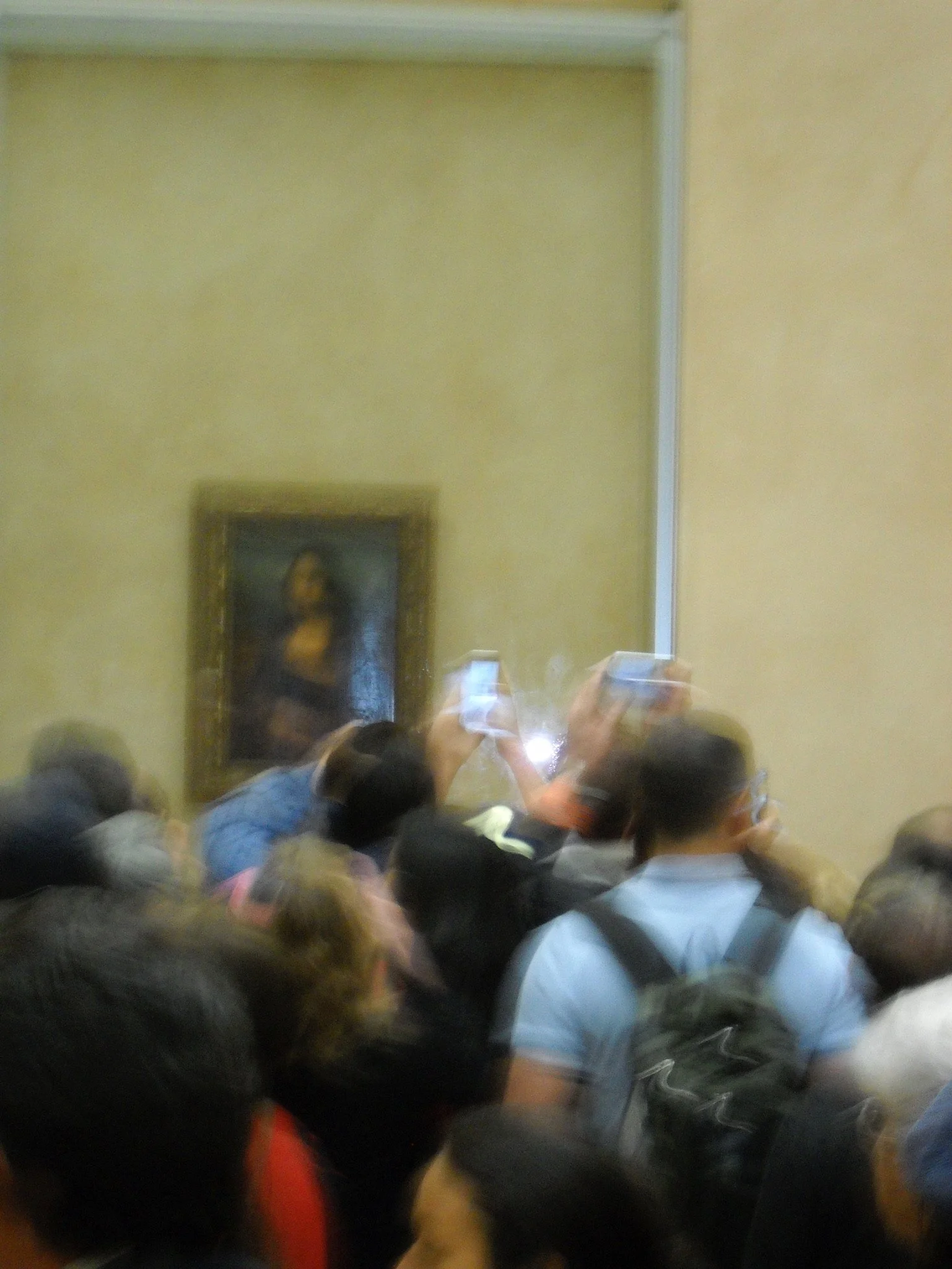
David, La Gioconda, and the Squishy Tomatoes
Outside every art museum we visited in Italy, street sellers were demonstrating toys for tourists. The most ubiquitous was the squishy tomato, a sticky red blob that could be thrown and rebounded like a gelatinous amoebic yo-yo. The price of admission to these sites includes awkward interchanges with the tomato sellers, downward glances, and reluctant polite dismissals that are taken as future openings. It’s a 21st Century iteration of some of the oldest tropes in art: patronage, visibility, the juxtaposition of crap and quality, exploitation of icons. …

Angkor WHAT?
Angkor Wat in Cambodia deserves special mention, although it is impossible to describe the incredible splendor, grace, and magic of the thousand-year-old temples without falling prey to the language of clichés and bad poetry. It's big. It's awesome. It's mind blowing. It’s hot. It's petrified history. Etc. …

Mosques and Towers in Malaysia
Islam was first introduced to the Malay Peninsula Coast in 674 CE, just over fifty years after the Prophet’s flight from Mecca to Medina, and again by Arab merchants and traveling Sufis in waves throughout the 12th to 15th centuries. Today, over 60% of the population practices Islam, almost 20 million people. …

Long White Cloud
The Maori call New Zealand's South Island the “Land of the Long White Cloud.” It rained nearly every day, allowing for great familiarity with the Cloud. Alternatively, the rare unveiling of the sun encouraged the surfacing of extreme sand flies, mini participants in another one of New Zealand’s famous adventure sports: blood-sucking. One way or another, we spent many evenings inside the shelter of Shadowfax, our ancient white rental Corolla. …
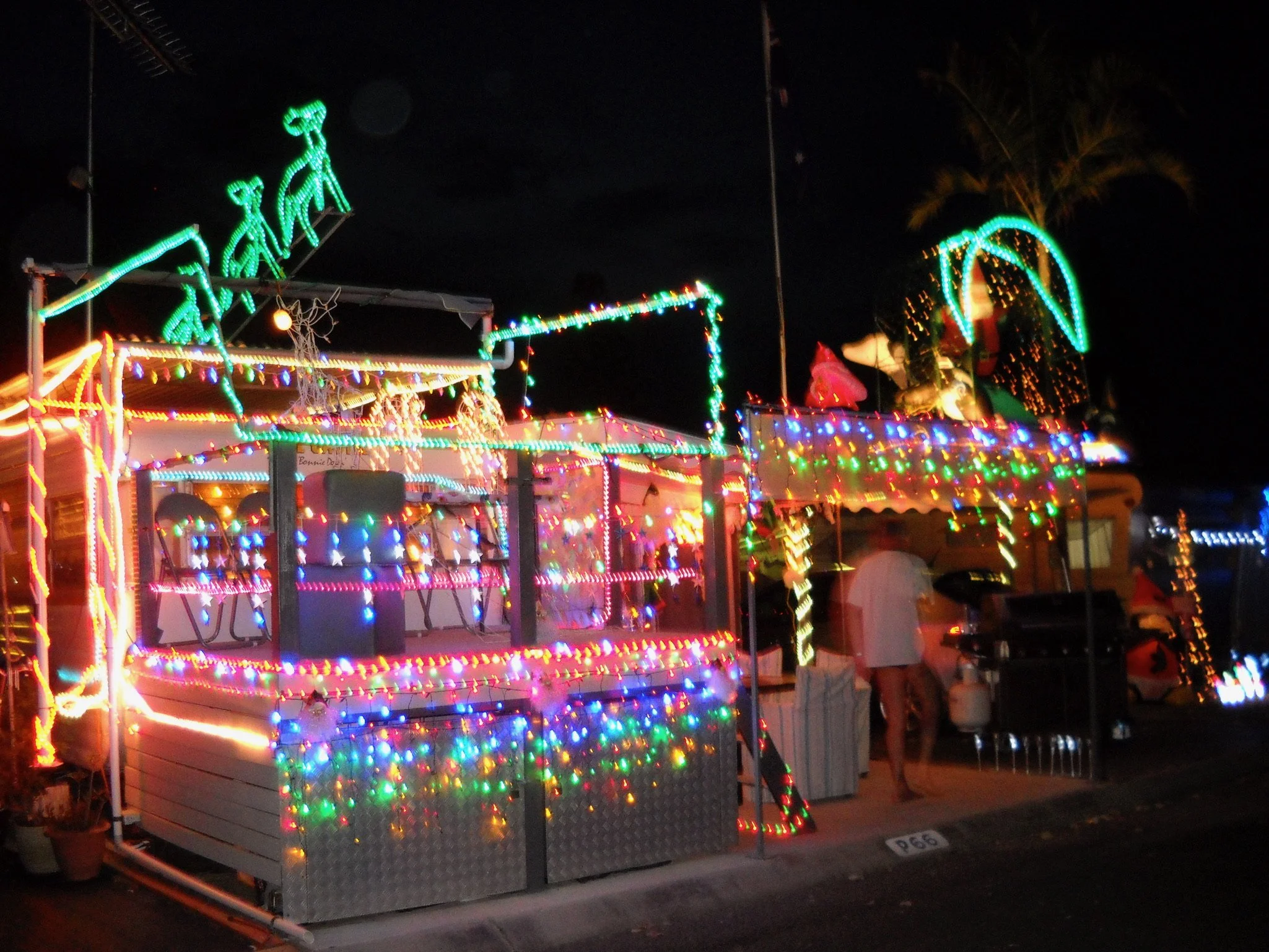
Santa’s Christmas Beach Village and Other Inversions
… Apogee: Santa's Christmas Village at the Beach, as I affectionately referred to one particular monstrosity in Maroochydore, New South Wales. The tent site was a little slab of hardened grass in the midst of the most absurd tent-and-lightcircus-show imaginable. Friendly suburban outglow-your-neighbor Christmas light displays wouldn't stand a chance against THESE vacationers. I declared it a consummate experience after walking past a life-sized, sparkling, blow-up Santa on a surfboard, with not one, but TWO sharks nipping at his toes …
